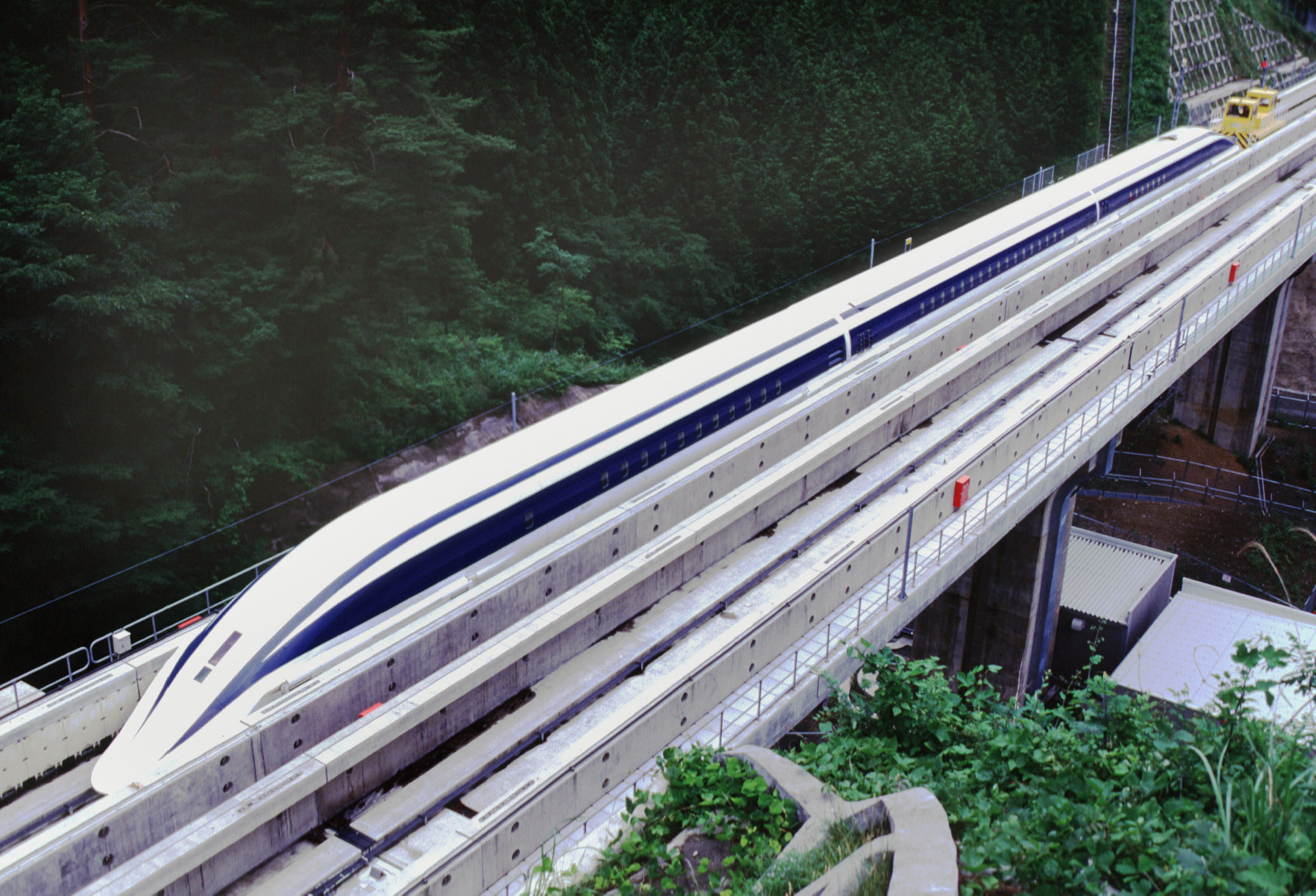US Pulls Back from Maglev: China's Speeding Ahead Leaves American Rail Plans on the Back Burner

A Shift in Priorities: The US Maglev Dream Fades
For years, the United States has considered implementing Maglev (magnetic levitation) train technology, a futuristic mode of transport promising incredible speeds and efficiency. However, recent developments and a rapidly changing landscape in the global rail sector have led to a significant shift: the US is effectively abandoning its ambitious Maglev plans. The primary driver? China's astonishing progress in Maglev technology.
China's Maglev Dominance: A Speed Demon
While Japan pioneered Maglev research back in 2002, China has emerged as the undisputed leader in its practical application and rapid development. Their advancements are nothing short of remarkable. One operational line in China has already achieved staggering speeds exceeding 620 miles per hour (approximately 1,000 km/h) – a velocity that surpasses many commercial airplanes. This isn't just a theoretical achievement; it's a demonstrable capability reshaping the future of high-speed rail.
Why the US is Re-evaluating
Several factors contribute to the US decision to step back from Maglev development. Firstly, the immense cost associated with building Maglev infrastructure is a significant barrier. Constructing dedicated tracks capable of withstanding such high speeds requires substantial investment, and securing funding has proven challenging. Secondly, the rapid pace of China’s advancements has made it increasingly difficult to justify the enormous expense. Why invest heavily in a technology where another nation is already leading the charge?
Beyond Speed: The Benefits of Maglev
It’s important to remember why Maglev technology is so compelling. Beyond the breathtaking speeds, Maglev trains offer numerous advantages:
- Reduced Friction: The levitation system eliminates friction between the train and the track, resulting in significantly lower energy consumption.
- Quieter Operation: The lack of physical contact also minimizes noise pollution.
- Smoother Ride: Passengers experience a remarkably smooth and comfortable journey.
- Higher Capacity: Maglev systems can handle a large volume of passengers.
The Future of Rail Transport
While the US may have temporarily shelved its Maglev ambitions, the future of rail transport remains bright. Focus may shift to improvements in existing high-speed rail networks and exploring other advanced technologies. However, China’s success serves as a powerful reminder of the potential of Maglev and the importance of strategic investment in cutting-edge transportation infrastructure. The world will be watching to see if the US reconsiders its position as China continues to push the boundaries of speed and efficiency in the rail sector.





